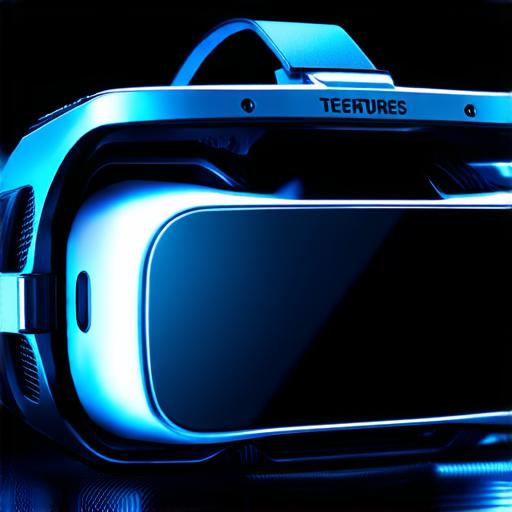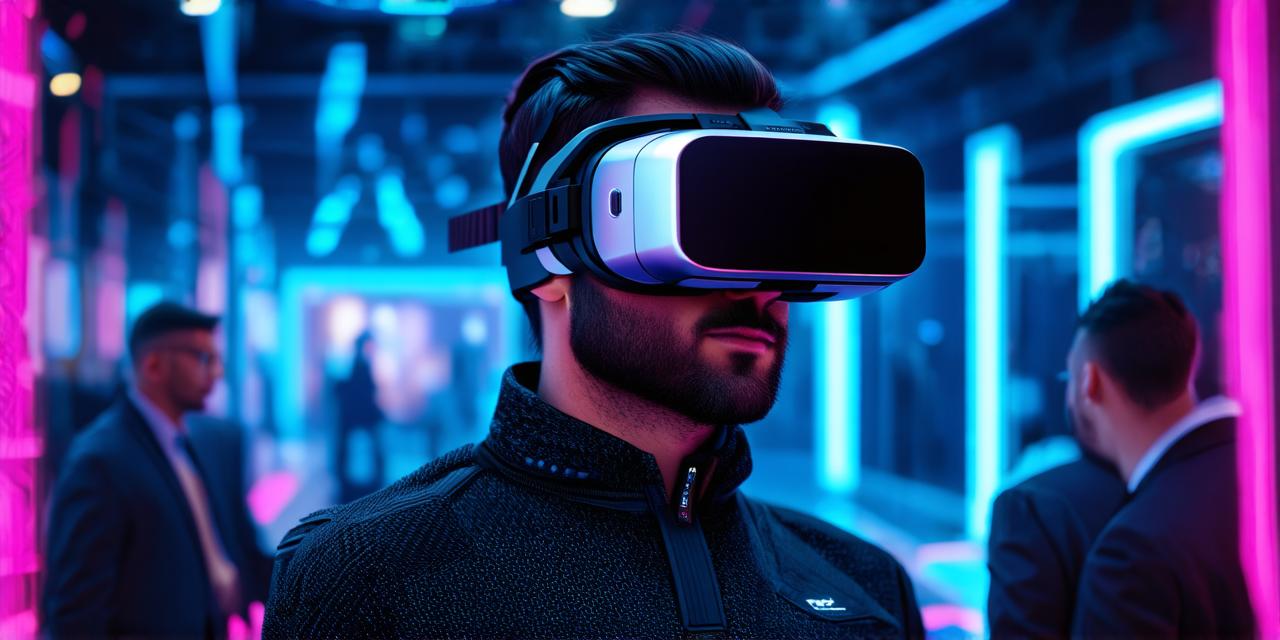Virtual reality (VR) technology has come a long way since its inception, with virtual reality headsets being one of the most popular ways to experience immersive digital environments.
However, many people are still unsure about how these headsets work, and even more so about how developers can create engaging VR experiences. In this article, we’ll delve into the inner workings of virtual reality headsets and explore what makes them such a powerful tool for developers.
Understanding the basics
Virtual reality headsets work by creating an immersive experience through a combination of hardware and software. At its core, a VR headset consists of two displays that are worn on the user’s head, one for each eye.
These displays present a stereoscopic image, which creates the illusion of depth and distance in the virtual world.
In addition to the displays, VR headsets also have sensors that track the movement of the user’s head. This allows the software to adjust the image presented to the user based on their position and orientation in real-time. As the user moves their head, the image changes accordingly, creating a seamless and immersive experience.
The software side of things is equally important, as it determines what the user sees and interacts with in the virtual world. Developers create VR experiences using game engines like Unity or Unreal Engine, which provide a range of tools for designing and programming interactive environments.
These engines allow developers to create 3D models, add textures and lighting, and program interactions between objects in the virtual world.
Hardware vs software: a complex relationship
While the hardware and software components of VR headsets work together to create immersive experiences, they are also tightly coupled, with changes in one often requiring updates to the other. For example, if a developer creates a new object that is too large or too small to fit comfortably within the virtual world, it could cause discomfort or motion sickness for the user.
In this case, the software would need to be adjusted to account for the new object’s size and position.
Similarly, changes in the hardware of a VR headset can impact the overall performance and quality of the experience. For example, if the displays are not properly calibrated or if the sensors are malfunctioning, it could lead to distorted or laggy visuals, which could negatively affect the user’s experience.
In these cases, developers would need to adjust their software to account for any hardware issues and ensure that the VR experience runs smoothly.
Real-world examples of virtual reality in action
Virtual reality technology is being used in a wide range of industries, from gaming to healthcare to education.
One of the most well-known examples of VR in action is in the gaming industry, where headsets like the Oculus Quest 2 and HTC Vive have become popular among gamers looking for a more immersive experience.
In healthcare, virtual reality technology has been used to help patients overcome phobias and manage chronic pain. For example, a study published in the journal PLOS ONE found that VR exposure therapy was as effective as traditional cognitive-behavioral therapy in treating social anxiety disorder.
Similarly, researchers have found that VR can be used to distract patients from pain during medical procedures, reducing the need for opioid painkillers.
In education, virtual reality technology has been used to create interactive and engaging learning experiences. For example, a study published in the journal Computers & Education found that students who learned using virtual reality were more engaged and had better retention than those who learned using traditional methods.
Virtual reality can also be used to simulate real-world scenarios, such as surgical procedures or disaster response, allowing students to gain hands-on experience in a safe environment.
Creating an effective VR experience: tips for developers

When creating a virtual reality experience, there are several things that developers should keep in mind to ensure that the experience is immersive and engaging.
